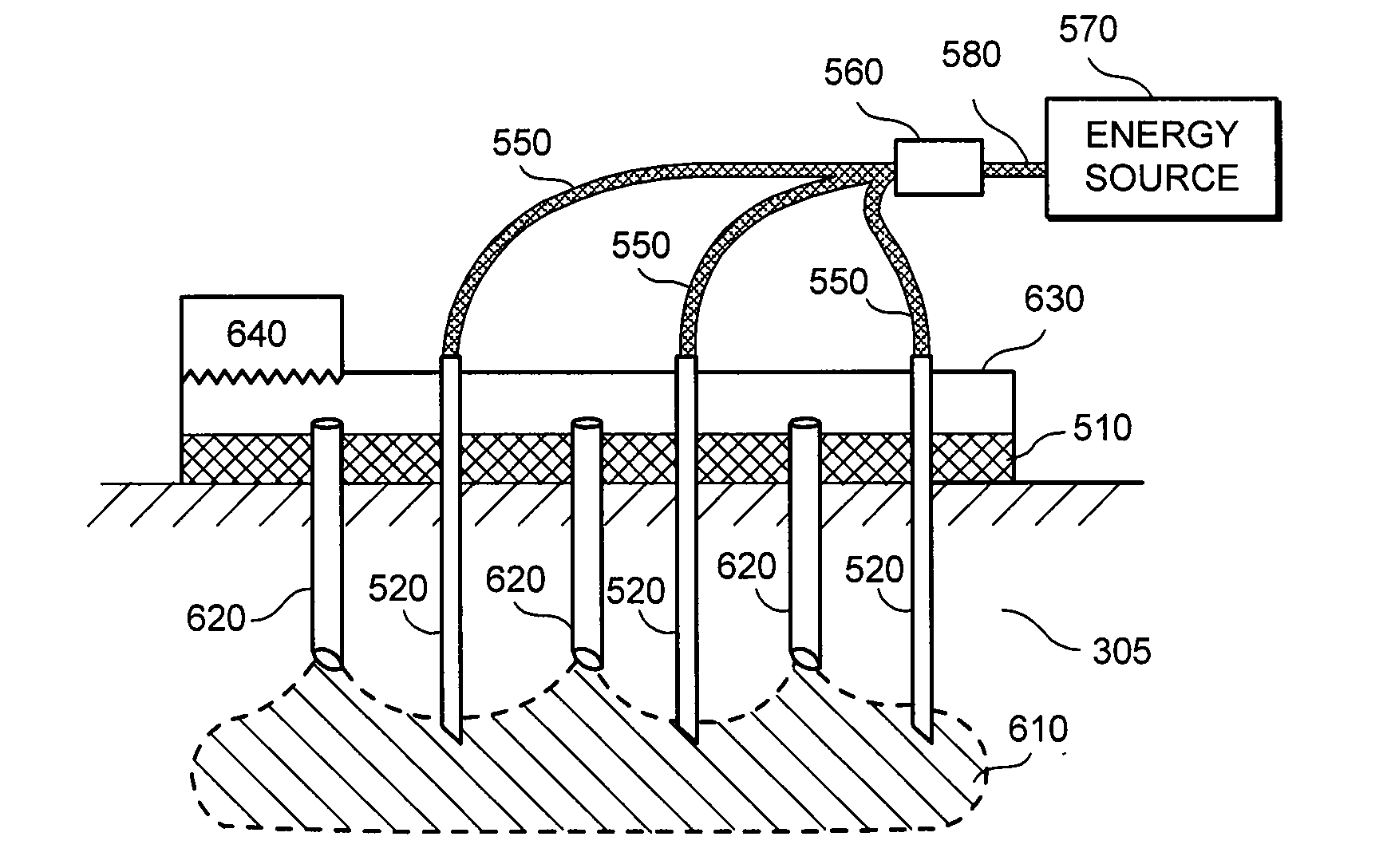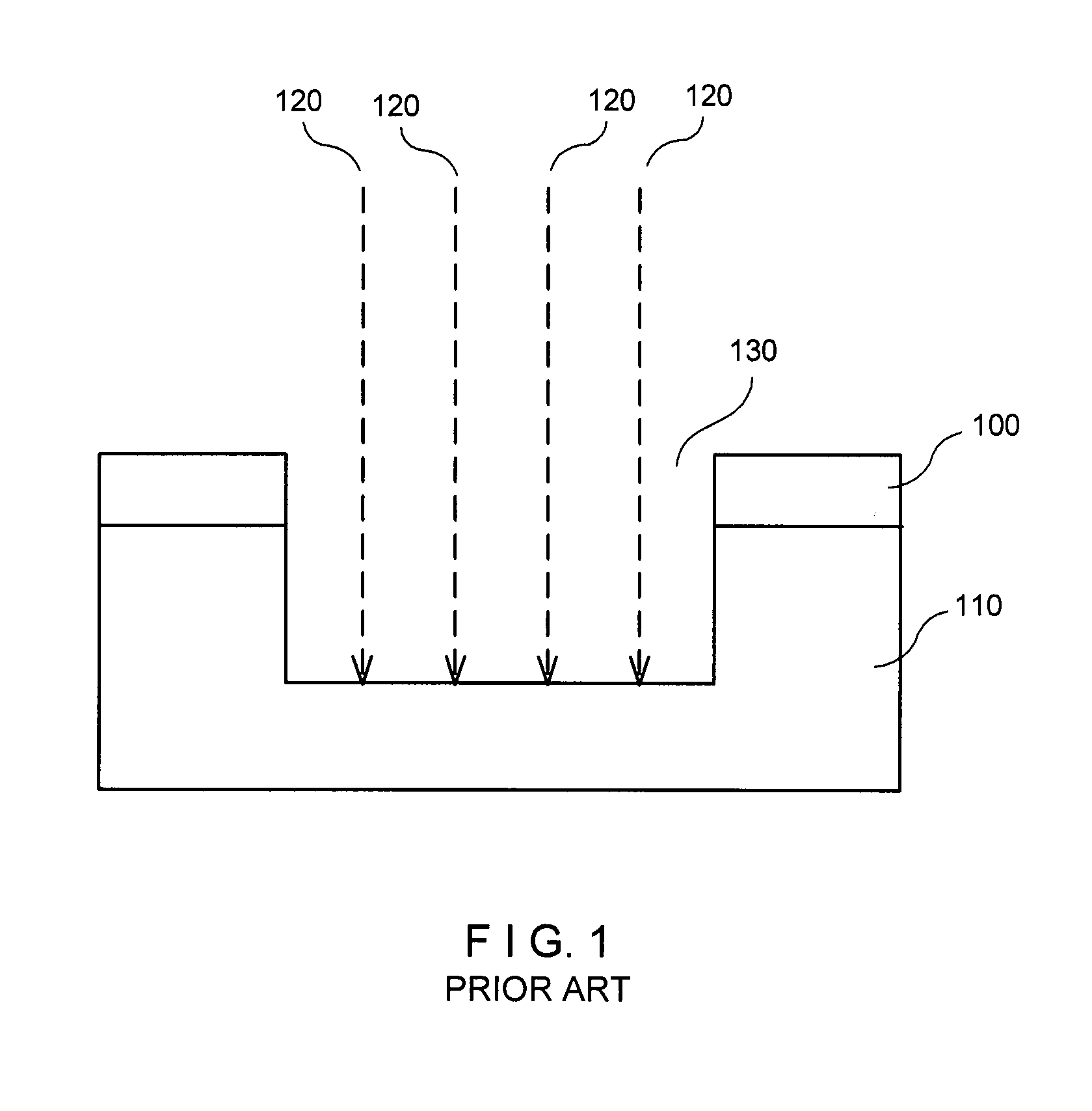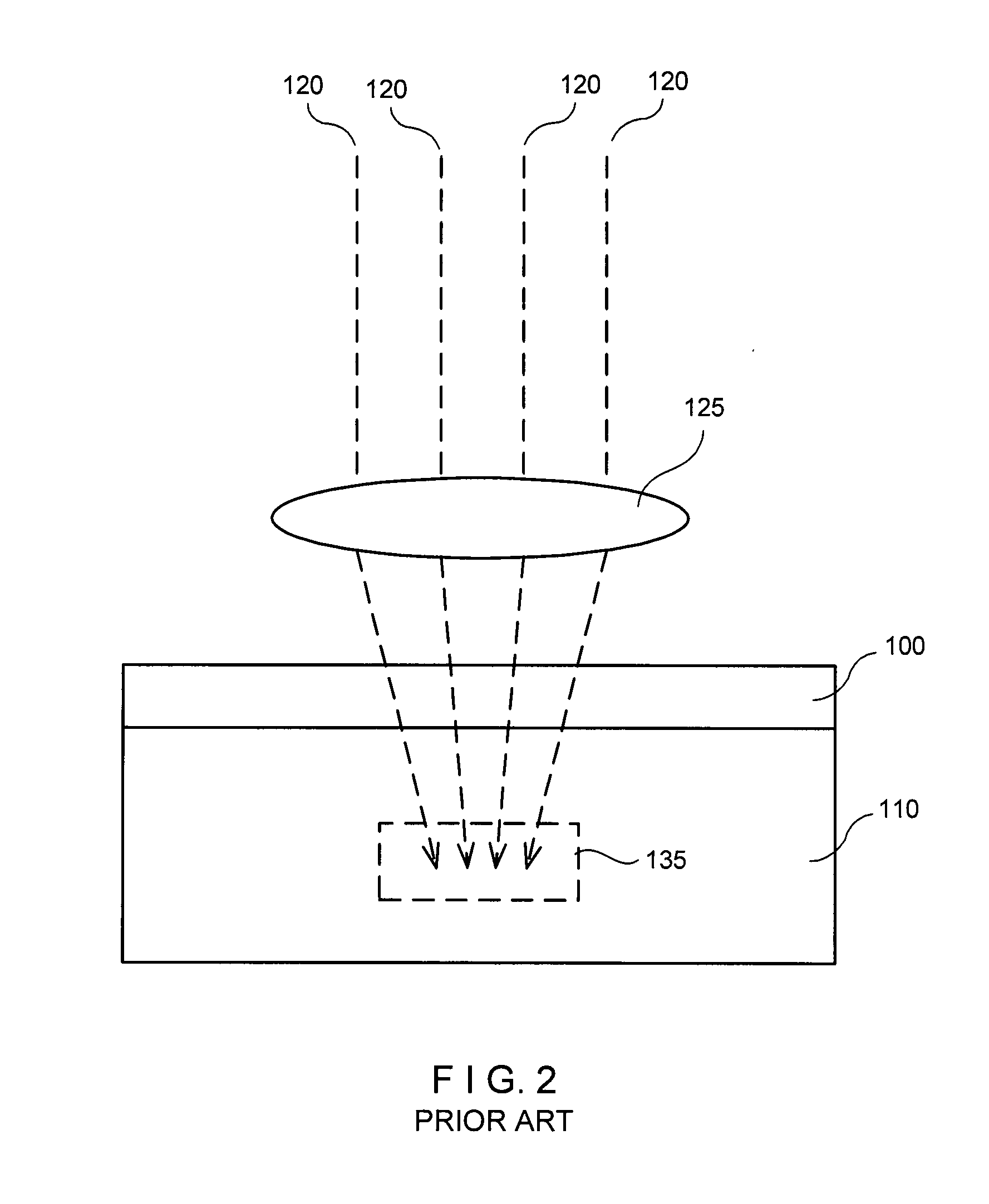For example, aging
skin tends to lose its elasticity, leading to increased formation of wrinkles and sagging.
These surgical approaches include facelifts, brow lifts, breast lifts, and “tummy tucks.” Such approaches can produce a number of negative side effects including, e.g., scar formation, displacement of skin from its original location relative to the underlying
bone structure, and uneven tightening.
Certain treatments which use
electromagnetic radiation have been developed to improve skin defects by inducing a
thermal injury to the skin, which results in a complex
wound healing response of the skin and / or certain biological structures located therein, such as blood vessels.
However, certain patients may experience major drawbacks after such LSR treatment, including
edema, oozing, and burning discomfort during first fourteen (14) days
after treatment.
These drawbacks can be unacceptable for many patients.
Indeed, LSR procedures can also be relatively painful and therefore generally may require an application of a significant amount of analgesia.
One of the limitation of LSR is that this ablative resurfacing in areas other than the face generally may have a greater risk of scarring because the
recovery from
skin injury within these areas is not very effective.
Although NCR techniques can assist in avoiding epidermal damage, they may have limited efficacies.
Even after
multiple treatments, the clinical improvement is often below the patient's expectations.
In addition, a clinical improvement may be delayed for several months after a series of treatment procedures.
The NCR procedure can be moderately effective for
wrinkle removal, and may generally be ineffective for dyschromia.
The NCR procedures generally rely on an optimum coordination of
laser energy and cooling parameters, which can result in an unwanted temperature profile within the skin leading to either no
therapeutic effect or scar formation due to the overheating of a relatively large volume of the tissue.
This treatment approach can be painful, and may lead to a short-term swelling of the treated area.
In addition, because of the relatively large volume of tissue treated and the need to balance application of the RF current with the
surface cooling, this RF
tissue remodeling approach may likely not allow a fine control of damage patterns and subsequent
skin tightening.
The current in monopolar applications generally flows through the patient's body to the remote ground, which can lead to unwanted electrical stimulation of other parts of the body.
However, low-
viscosity fillers may be easily resorbed by the body and / or may flow or migrate from the initial
application site.
Migration of fillers can also lead to alteration of the appearance of the filler-containing tissue, including reappearance of wrinkles, lumpiness, etc.
Fillers that are too ‘thin’ (e.g., those having a low
viscosity) may not provide sufficient mechanical or rheological stability to remain in place or support surrounding tissue.
It may be difficult to inject or
implant such ‘thick’ fillers into tissue using a needle, and it may also be difficult to
implant them evenly to provide a natural appearance.
It can be difficult to control the extent of the crosslinking reaction, and such reactions may produce undesirable by-products.
However, it may be difficult to provide sufficient optical energy within the filler material, which may be located below the
tissue surface, to initiate and / or control the extent of such crosslinking reactions.
For example, tissue overlying the filler material may absorb, scatter, or otherwise interact with such energy that is directed into the tissue, which can lead to unwanted absorption, heating and / or damage of the overlying tissue and may result in a reduced amount of such energy reaching the filler material.
Further, electromagnetic energy having shorter wavelengths may be preferable for initiating crosslinking or photocuring in such materials; however, such higher-energy
radiation can be more strongly absorbed by the overlying tissue and thus may not penetrate sufficiently into the subsurface filler to cure it sufficiently.
For example, introducing substances such as fillers into a
blood vessel can lead to obstruction of the vessel or other undesirable effects.
It is generally difficult to identify the precise location of the tip of a
hypodermic needle when it is inserted into tissue, and to ascertain whether it is within or outside of a blood vessel.
Skin may also exhibit various discolorations or other pigmentation defects which may be aesthetically undesirable.
In general, an application of EMR to skin or other tissue to treat such defects can be inefficient or lead to unwanted side effects.
Thus, it may be difficult to provide such highly-absorbed EMR to a region of tissue which lies below the surface of the skin, and there may be significant undesirable absorption of such EMR in tissue which lies above the treatment region.
 Login to View More
Login to View More  Login to View More
Login to View More 


